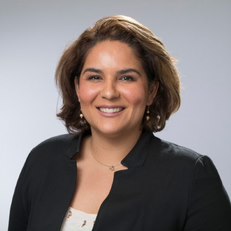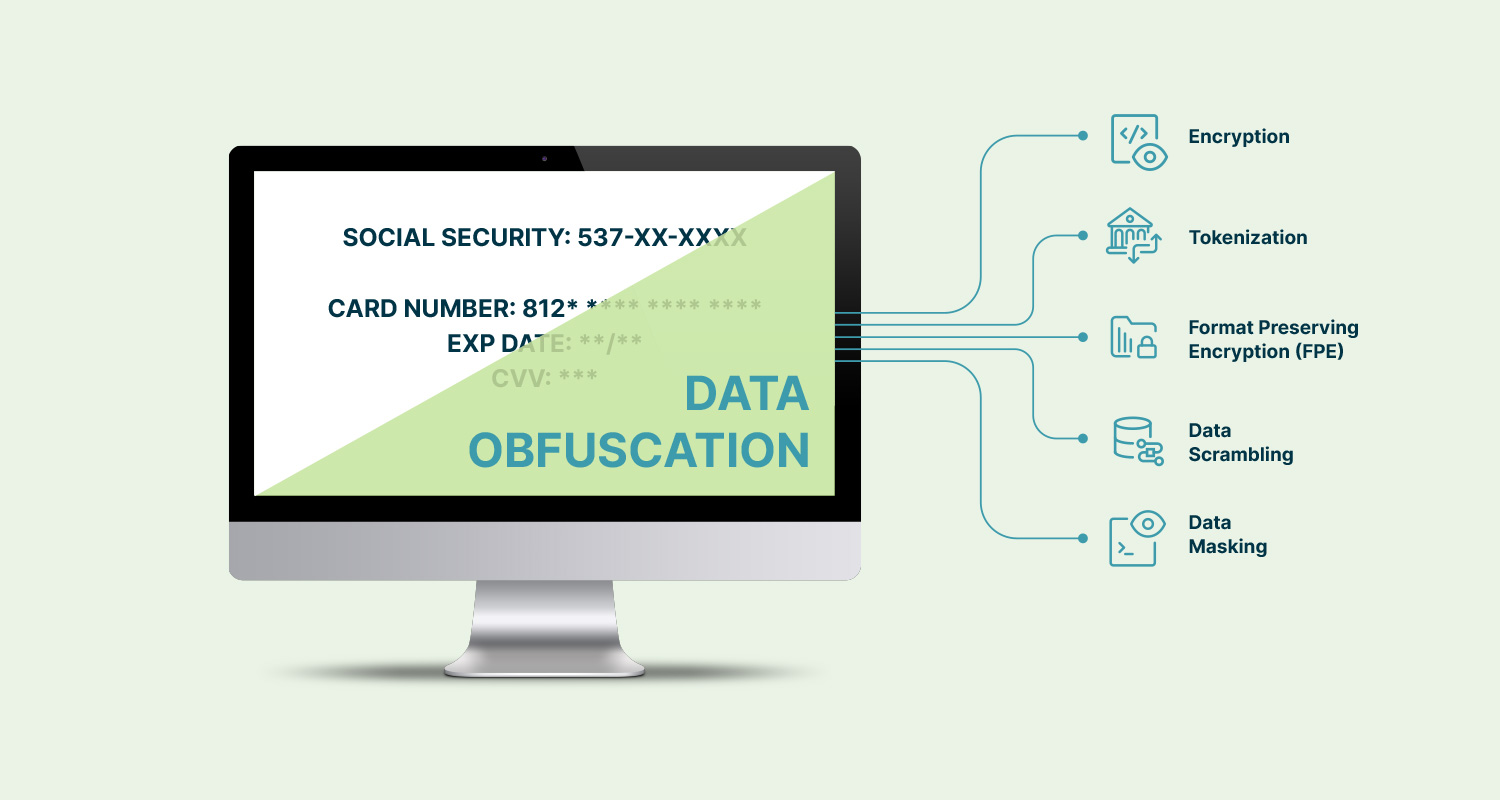On May 6, 2020, California’s Governor Gavin Newsom signed an executive order establishing a rebuttable, time-limited legal presumption that certain cases of COVID-19 arise out of and occur in the course of employment for purposes of workers’ compensation coverage. This order was signed after much debate in the insurer, employer and injured worker communities, and was different in important ways from earlier drafts as well as from the presumption bills that were currently under consideration in the legislature.
The original order expired July 5, 2020 and left many wondering what would happen upon expiration – would this it be formalized into legislation and, if so, how would it differ from the original executive order? As expected, Senate Bill 1159 passed into law on September 17, 2020 as emergency legislation, creating a new framework for COVID-19-related workers’ compensation claims. Here is what you need to know.
How Long is the Presumption Effective?
For the “disputable presumption” to apply, an employee must suffer COVID-19 illness or death on or after July 6, 2020 through January 1, 2023. However, if the employee’s COVID-19 related illness or death is after January 23, 2023, presumption no longer applies and, instead, the case will be treated under the traditional workers’ compensation framework.
What Is Needed for Claim Administrators to Dispute a Claim?
While Senate Bill 1159 creates a presumption that an illness or death resulting from COVID-19 stems from employment, this can be disputed. Claim administrators have 30 days to investigate and accept or deny the claim if injury is prior to July 6, 2020. If the date of injury is on or after July 6, 2020, claim administrators then have 45 days to accept or deny the claim. Regardless of the date of injury, employers and claim administrators must provide the following evidence to dispute the presumption:
- measures in place to reduce potential transmission of COVID-19 in the employee’s place of employment,
- the employee’s non-occupational risks of COVID-19 infection,
- statements made by the employee, and
- any other evidence normally used to dispute a work-related injury.
The only exception to the above timeline is for essential employees. Essential employee, as defined in Labor Code Section 3212.87, include certain firefighters, peace officers, frontline healthcare providers and healthcare facility workers to name a few. If an employee deemed essential falls ill or dies because of COVID-19, the 30-day denial period applies regardless of when injury occurred.
Which Employees are Covered?
SB 1159 applies to all employees who test positive during an outbreak at their specific worksite and whose employers have at least five employees. Additionally, the following must also apply to trigger the presumption:
- employee tests positive for COVID-19 within 14 days of working at worksite, per employer’s direction
- date employee worked at worksite per employer’s direction must be on or after July 6, 2020
- employee’s positive test occurred during period of outbreak at employee’s specific worksite
What is a “Specific Place of Employment” (Worksite)?
Under the Bill, a covered worksite excludes an employee’s home or residence, with exceptions. Exceptions would be an employee performing home healthcare services at a home or residence. Specific worksite is defined by a “building, store, facility, or agricultural field where an employee performs work at the employer’s direction.”
What Benefits is the Employee Entitled to?
If the presumption applies and it is determined that workers’ compensation benefits should be paid, the employee is entitled to “full hospital, surgical, medical treatment, disability indemnity, and death benefits.” However, the Department of Industrial Relations has waived entitlement to any death benefits under Labor Code Section 4706.5 in the event the deceased employee did not have any dependents.
Reporting Requirements
Beginning when this legislation takes effect, employers must report the following information to their claim administrator, via email or fax, within three days of finding out an employee tested positive for COVID-19:
- Date employee tested positive (date specimen was collected for testing). Employer shall not include any personally identifiable information regarding employee unless employee declares infection is work-related or has filed a claim form pursuant to Labor Code Section 1. 5401.
- Address/addresses of employee’s specific place(s) of employment during the 14 days prior to positive test
- The highest number of employees who reported to work at the employee’s specific place of employment in the 45-day period preceding the last day the employee worked at each specific place of employment.
Note: Reporting requirements slightly change for positive tests between July 6, 2020 and up to the date that SB 1159 begins:
- Reporting period increased from within three business days to within thirty business day
- Employer must report the highest number of employees who reported to work at each of the employee’s specific places of employment on any work date between July 6, 2020 and the date SB 1159 takes effect
Information is then used by the claim administrator to determine if an outbreak has occurred. Employers who do not follow the above guidelines, fail to provide information, or provides false/misleading information are potentially subject to a $10,000 penalty per legislation.
What is an “Outbreak”?
An outbreak exists if, within fourteen calendar days, one of the following happens at a worksite:
- An employer with fewer than 100 employees per specific employment location has at least 4 employees test positive for COVID-19 in that specific location.
- An employer with more than 100 employees has more than 4% of the employees in a specific employment location test positive for COVID-19 in that specific location.
- A specific location ordered to closed by local public health department, the State Department of Public Health, the Division of Occupational Safety and Health, or a school superintendent due to a risk of infection with COVID-19.
Note: If there has been an outbreak, then the presumption of compensability is applicable. Recall, for the presumption to apply, the employee must test positive during an outbreak. Therefore, if there is no outbreak, there is no presumption.
Conclusion
While the long-term shift of COVID-19 claims into the workers’ compensation system creates various concerns for the employment community, employers should find some relief in knowing that the legislation allows for rebuttal.
We recommend employers take full advantage of this disputable presumption and, following all guidelines to avoid potential penalties, work quickly to gather the information required for dispute. Also, please take this as an opportunity to follow all safety protocols to keep your workforce healthy and safe during these unprecedented times.
Sequoia can assist with a Return to Work plan to ensure your employee safety. In the meantime, if you have questions as to whether the above applies to you, here’s a helpful flowchart for reference and, of course, please contact your Sequoia Team, or connect with them directly in HRX for more information on SB 1159 or Return to Work plans.
The above was a summarized version sourced from labor law firm, Littler Mendelson. Click here to read the full article published on 9/16/2020
Disclaimer: This content is intended for informational purposes only and should not be construed as legal, medical or tax advice. It provides general information and is not intended to encompass all compliance and legal obligations that may be applicable. This information and any questions as to your specific circumstances should be reviewed with your respective legal counsel and/or tax advisor as we do not provide legal or tax advice. Please note that this information may be subject to change based on legislative changes. © 2020 Sequoia Benefits & Insurance Services, LLC. All Rights Reserved




